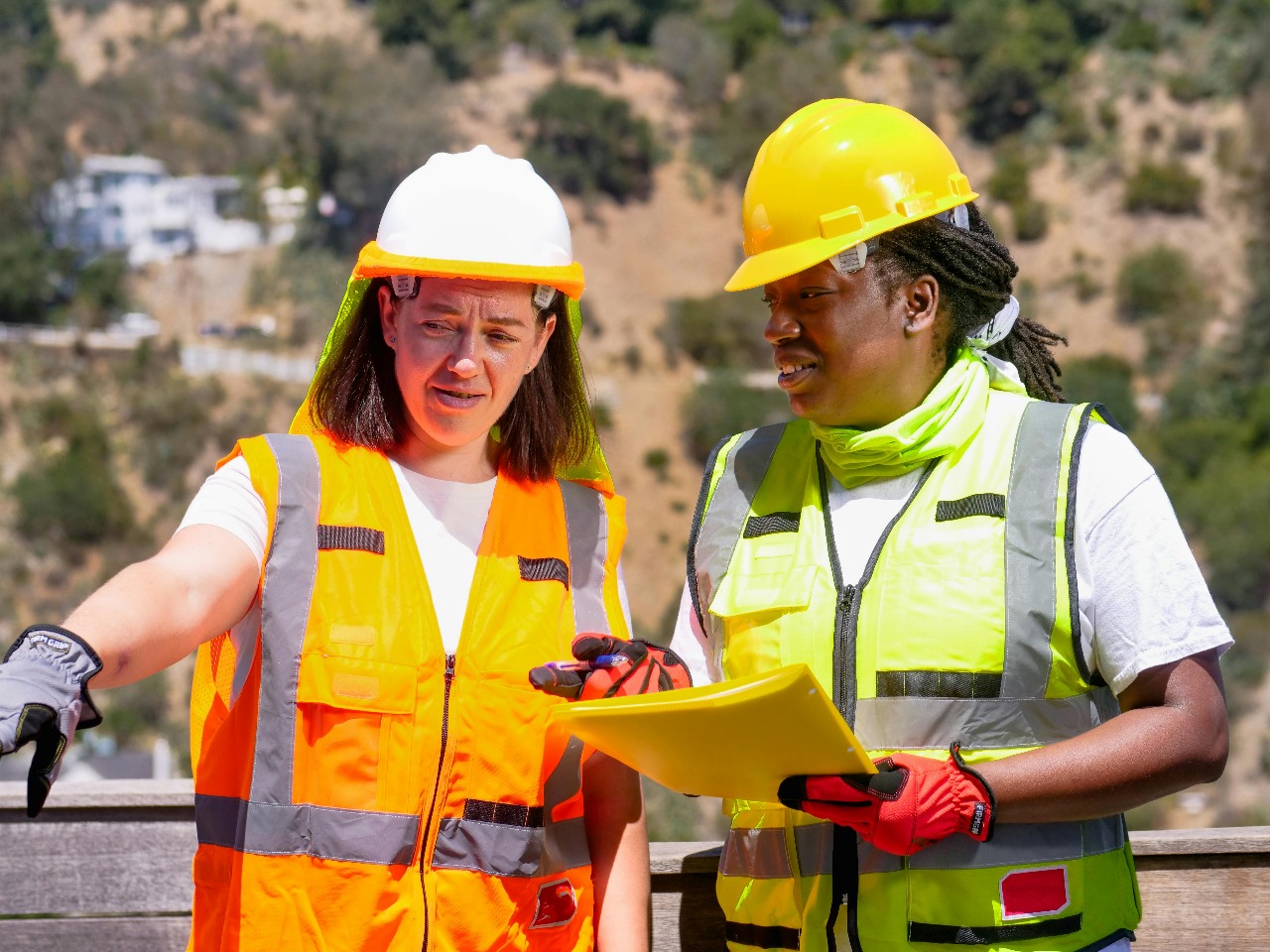In the rapidly expanding landscape of austin construction, unions play a significant and sometimes debated role. Unions have been integral to shaping the construction workforce nationwide, advocating for workers’ rights, safety, and fair wages. In Austin, the influence of unions continues to evolve alongside the city’s booming development and shifting labor market.
This article explores the multifaceted role of unions in Austin construction projects, outlining their benefits, challenges, and how they fit into the broader industry context supported by organizations like Associated Builders and Contractors.
What Are Construction Unions?
Construction unions are labor organizations that represent the interests of skilled tradespeople, including electricians, plumbers, carpenters, and laborers. They negotiate collective bargaining agreements that cover wages, benefits, working conditions, and training programs.
In Austin, unions operate alongside non-union contractors, creating a diverse labor market landscape.
Benefits of Unions in Austin Construction Projects
Skilled Workforce and Training
Unions invest heavily in apprenticeship and training programs, ensuring workers have up-to-date skills that meet industry standards.
- Union training centers provide rigorous, hands-on education for apprentices.
- Skilled union workers often bring expertise in complex or specialized construction tasks.
- Continuous education helps maintain high-quality workmanship and safety compliance.
Enhanced Safety Standards
Construction is inherently hazardous, and unions prioritize safety on job sites.
- Union projects often experience lower injury rates due to enforced safety protocols.
- Safety training and enforcement are core elements of union culture.
- This focus reduces downtime and liability costs for projects.
Fair Wages and Worker Benefits
Union labor agreements secure fair compensation and benefits, which can improve workforce stability.
- Workers receive competitive wages, health insurance, retirement plans, and paid leave.
- Better compensation can lead to higher morale and productivity.
Challenges and Considerations
While unions provide many advantages, there are challenges within Austin’s construction sector.
Higher Labor Costs
Union wages and benefits can lead to increased labor costs compared to non-union alternatives, which may affect project budgets.
Flexibility and Project Timelines
Union work rules may impose restrictions on work hours, subcontracting, or project scheduling, requiring careful planning.
Market Competition
Austin’s mix of union and non-union contractors means owners must weigh labor sources based on cost, quality, and timelines.
How Unions and Non-Unions Coexist in Austin Construction
Austin’s construction industry reflects a blend of unionized and open-shop contractors, supported by organizations such as Associated Builders and Contractors (ABC), which primarily advocates for merit-shop, non-union contractors.
- Both sectors contribute skilled labor and expertise.
- Collaboration and competition between union and non-union firms drive workforce development.
- Projects in Austin vary in their labor preferences depending on client requirements, public contracts, or private sector demand.
The Future of Unions in Austin Construction
As Austin continues its rapid growth, unions are adapting to meet new demands:
- Expanding training programs to incorporate emerging technologies and sustainable building practices.
- Partnering with industry stakeholders to address labor shortages and skill gaps.
- Engaging in dialogue with policymakers to balance workforce needs and economic realities.
Conclusion
Unions play a vital role in Austin construction projects by providing skilled labor, promoting safety, and ensuring fair wages. While they bring certain cost and flexibility considerations, their contribution to workforce quality and stability remains significant.
For developers, contractors, and owners involved in Austin construction, understanding the role of unions is essential in making informed labor decisions that align with project goals and budgets. Partnering with knowledgeable industry organizations like Associated Builders and Contractors can help navigate this complex labor landscape effectively.
Embracing the strengths of both union and non-union labor can lead to successful projects that support Austin’s thriving construction environment.
